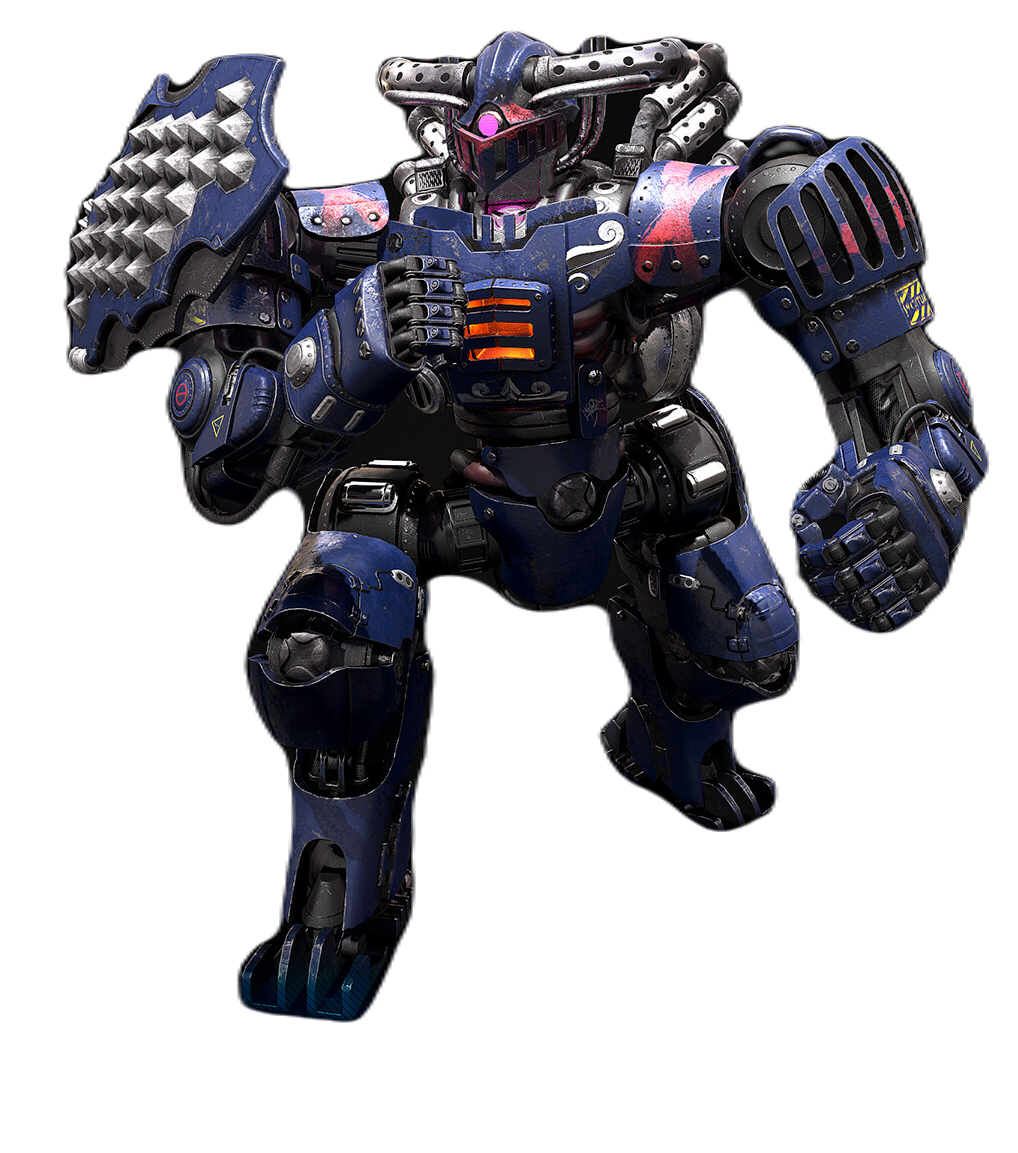Determining the time required to produce a 3D animation is a complex task, as it varies significantly depending on several key factors. At Game-Ace, we approach each project with a customized strategy, ensuring that timelines are as efficient as possible while maintaining the highest standards of quality.
Project Complexity and Detail
The complexity of the animation plays a crucial role in determining the timeline. Simple projects with fewer characters and basic environments may take a few weeks, while more complex animations with detailed characters, intricate environments, and advanced effects can take several months or even longer.
Length of the Animation
The duration of the animation itself is a direct factor. A short animation of a few seconds will naturally take less time than a longer piece. Each second of animation can require hours of work, so even small increases in length can significantly impact the overall timeline.
Quality and Fidelity
The desired quality and level of detail also influence the timeline. High-fidelity animations with realistic textures, lighting, and effects demand more time for refining and rendering compared to more stylized or abstract animations.
Pre-Production Processes
Pre-production stages, including concept development, scriptwriting, and storyboarding, lay the groundwork for the animation. The time spent in these stages can vary based on the clarity of the initial concept and the number of revisions required.
Modeling and Texturing
Creating 3D models and applying textures is a labor-intensive process, especially for projects requiring high levels of detail or a large number of unique assets.
Rigging and Animation
Rigging, the process of creating the skeleton of the 3D models, and the subsequent animation phase are time-consuming, particularly for complex movements or multiple characters.
Special Effects and Simulations
Incorporating special effects like fire, smoke, or water and physics simulations add to the production time. These elements often require specialized skills and additional rendering time.
Feedback and Revisions
Incorporating client feedback and making revisions is an integral part of the process. The number and extent of revisions can significantly impact the project timeline.
Rendering
Rendering is the final step in the production process and can be time-intensive, especially for high-quality outputs. The rendering time depends on the scenes' complexity and the final output's quality.
Post-Production
Post-production, including compositing, sound design, and editing, also adds to the timeline. This stage combines all animation elements and polishes the final product.
Team Size and Expertise
The size and expertise of the project team influence the production speed. A larger team or one with specialized skills can often complete the project more quickly, but this also depends on the project's complexity and the coordination required.
In summary, depending on these factors, the timeline for producing a 3D animation can range from a few weeks to several months or more. At Game-Ace, we work closely with our clients to understand their specific needs and provide realistic timelines, balancing speed with quality and ensuring that each project receives the attention it deserves.
For a detailed assessment and timeline estimate for your 3D animation project, we invite you to
contact us. Our team at Game-Ace is ready to guide you through the production process, ensuring your project is delivered with the utmost care and professionalism.










































